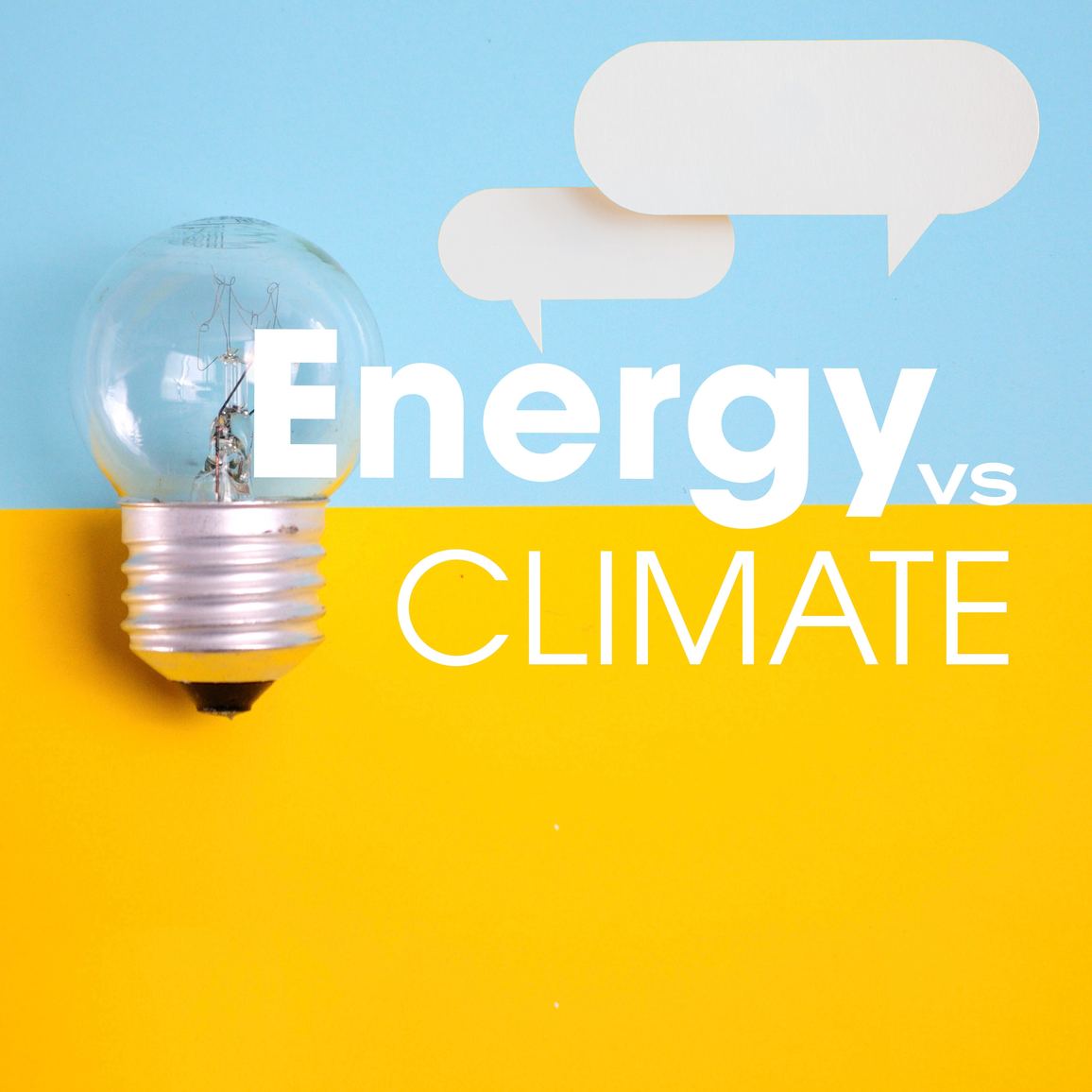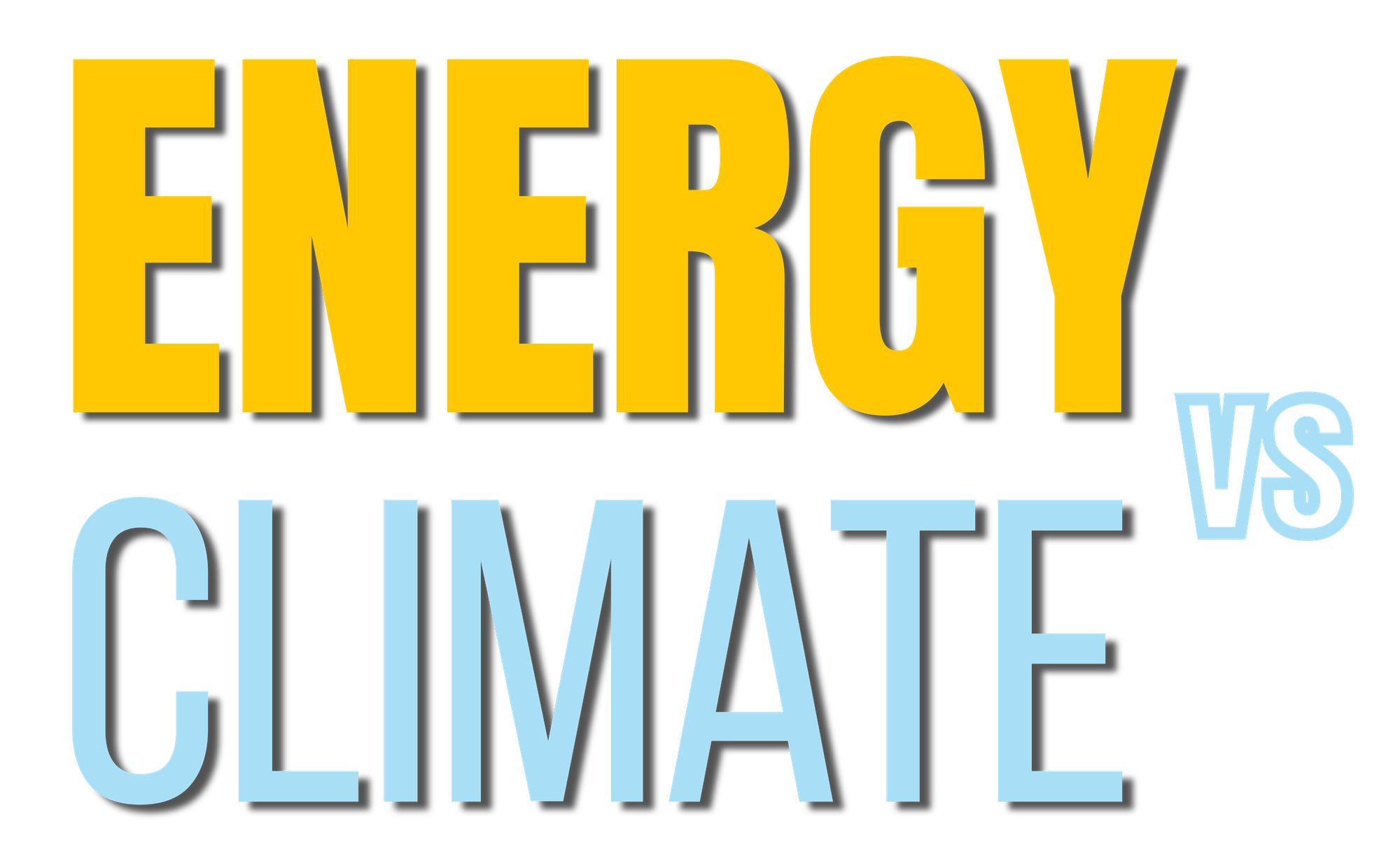EvC Special Summer Blog: Climate & Wildfires

Since the EvC Podcast is on summer break, we wanted to share this timely conversation about wildfires and climate between David, Sara, and Ed.
ED: The wildfire in Jasper was devastating. It destroyed approximately 30% of Jasper’s structures, mostly residential. It’s tragic and I feel awful for the people who lost their homes.
In the last 10 years there’s been a trend to attribute individual fire events like this one to climate change. In fact, just a few weeks ago I received an invitation to a webinar geared toward people in academia and the NGO sector on how to communicate the link between wildfire and climate. Full disclosure, I didn’t attend, but for argument’s sake let’s say it got the attribution science part right. David, what should one say if asked about the link?
DAVID: The link between climate change and fires is complicated. Starting at the global level, readers may be surprised to learn that fire frequency has actually been decreasing globally, tied to changes in deforestation and other land management practices. Looking ahead globally, the expectation is that global warming will increase fire frequency, but that increase is (to me) surprising small, less than a 10% increase in fire frequency for each degree of warming according to the Intergovernmental Panel on Climate Change (IPCC). This is a small change compared to other climate and land use changes.
Closer to home, over the recent decades fire frequency and burned area has increased in western North America. Studies suggest that about half that increase is caused by climate change with the other half caused by other factors, particularly fire suppression that has increased the quantity of fuel wood.
It’s worth adding that all of this is quite uncertain. It’s a far harder scientific challenge to forecast changes in fires than changes in temperature or average precipitation. There are also changes that climate scientists don’t yet understand, such as a decrease in relative humidity that we see in observations but not in models. So, in summary, take all this with a big dose of who-knows.
My heart goes out to folks in Jasper. And as a Canmore resident I am more interested in how we do a better job managing fire risks than I am in figuring out exactly what part is due to climate change.
SARA: David, your points above raises the question of why it might be important to do this kind of attribution. In terms of reducing fires in the near term, I agree it's adaptation not emission reductions that's going to have an impact, which is critical given the destruction we are seeing. Adding to that is all the other ways these fires are harmful, increasing the number of smokey hours that can be detrimental to human health, while also creating an increase in emissions.
But I think this is an example of the type of challenge we will face with climate impacts going forward, which is the need to do all three at once: manage the impacts of temperature increases, continue to reduce emissions, while also teasing out the part that comes from climate. I see a couple of real-world reasons for the importance of attribution when it comes to future emission reductions – the observed need for climate policy to stand up to cost effectiveness tests and maintain broad public support, as well as the legal implications of attribution.
On the first we have an example close to home: when evaluating the impact of climate policy in Canada, the Parliamentary Budget Office explicitly excludes the cost of not acting, in line with a broader trend of economic impact assessments excluding these real costs. In many cases, it’s much harder to assess the costs of inaction, so they are left out. This isn’t just a matter of getting the numbers right in an academic sense, these arguments around cost effectiveness have had a significant role in delaying or minimizing actions to reduce emissions over the past decades. The same goes for public support for climate action; climate change is big, messy, and long-term; but impacts of failing to reduce emissions can drive the need for policy or behavioural changes for the general public.
When it comes to the legal question, being able to attribute specific events or likelihood of events to climate change is critical for climate torts. As we heard from Benjamin Franta, these types of lawsuits are one tool to bring about policy changes in places like the United States where there is a blueprint from similar successful action with cigarettes or opioids.
This is another example where we need to do a few things at once: working to adapt to new conditions; taking care of people, particularly those in already marginalized communities, living with these tragic real-world impacts; while also understanding the role of climate.
ED: Gee, so much there to respond to and so little blogosphere word count space. David, completely agree, the fact that fire frequency has decreased over the past two decades is poorly understood. Humans burning significantly less sub-Saharan African savannah to clear land is good on so many levels and thereby something worth celebrating, so hooray for some good news for a change.
But I thought climate scientists do have a pretty firm grasp on decrease in relative humidity. When we had your University of Chicago colleague and paleoecologist (coolest field ever) Allison Karp on EvC last summer, she talked about vapour pressure deficit, which considers humidity at various temperature levels. Increases in burned area are correlated to increases in vapour pressure, and you scientists have run conclusive models to determine how climate change is contributing to increases in vapour pressure deficit. I recall you yourself said that a little more than half of the wildfires in the Western US would be attributable to the vapour pressure deficit. Although, you may have been talking about climate generally (like high temperature events of the kind we just went through here in Western Canada).
Sara, agreed that being able to attribute the likelihood (I'm italicizing to underscore the uncertainty factor) of specific events is important to, “suing oil companies today for a better tomorrow,” as Ben Franta would have us do. But in the case of wildfire, I have a tough time seeing anything stick and not being counterproductive, i.e. not being spun by the Danielle Smiths of the world as wrong-headed and distracting from the walk and chew gum set of actions that you rightly outlined. Are you being a litigious Californian perhaps inspired by another litigious Californian running for president?
DAVID: Ed is right that estimates of the vapour pressure deficit can predict fire occurrence, but can the models predict the change in vapour pressure deficit into the future? Models seem to be doing a crappy job predicting changes in relative humidity over land, see Isla Simpon’s amazing new paper. Models are overestimating humidity, which means the reality is worse than models. It also means we are more uncertain about what happens next.
Sara said, “In terms of reducing fires in the near term, I agree it's adaptation not emission reductions that's going to have an impact”. Now it’s my job to say, this assumes we continue to decide not to do solar geoengineering, which is the one thing that might make a global scale reduction in warming, and likely in these risks, within decades. See, for example, the One Atmosphere report from the UN Environment Programme.
Finally, it’s worth thinking about the big human impacts of fires that we don’t see on the news. Losing one's home is a tragedy. So is being sick or dying early from breathing fine particulates air pollution from the smoke. Last week the average PM at my place in Canmore was nearly 50 micrograms per cubic meter. For context living all the time with an extra 10 micrograms per cubic meter cuts your lifespan by a year. A lot more people are now exposed to wildfire smoke. We don’t see the harm, but it’s real. Many of the worst climate impacts are not acute storms or heatwaves but the slow grinding impact of heat and air quality. My friend Jisung Park makes this point beautifully in Slow Burn: The Hidden Costs of a Warming World.
ED: Good point David about the PM level at your place last week. My daughter and I climbed up the east end of Mount Rundle on July 24 and had a bird’s eye view of the smoke hanging in all the surrounding valleys. In the Bow Valley alone, tens of thousands of people would have been exposed to that PM pollution that day. Then late on Saturday July 27, I learned that a friend’s place in BC’s Columbia Valley burned down. We still have black currents in the freezer that I picked there last summer. It’s trite but makes it all that much more real.
I’ll check out Jisung’s book. In a similar vein I can highly recommend John Vaillant’s Fire Weather. In fact, I just lent my copy to Canmore’s mayor who, as you can imagine, has been thinking a lot about wildfires this past week.
Energy vs Climate: How climate is changing our energy systems
www.energyvsclimate.com
Twitter/X | Bluesky | YouTube | Facebook | Instagram | Threads
About Your EvC Co-Hosts:
David Keith is Professor and Founding Faculty Director, Climate Systems Engineering Initiative at the University of Chicago. He is the founder of Carbon Engineering and was formerly a professor at Harvard University and the University of Calgary. He splits his time between Canmore and Chicago.
Sara Hastings-Simon studies energy transitions at the intersection of policy, business, and technology. She’s a policy wonk, a physicist turned management consultant, and a professor at the University of Calgary and Director of the Master of Science in Sustainable Energy Development.
Ed Whittingham is a clean energy policy/finance professional specializing in renewable electricity generation and transmission, carbon capture, carbon removal and low carbon transportation. He is a Public Policy Forum fellow and formerly the executive director of the Pembina Institute, a national clean energy think tank.
Produced by Amit Tandon & Bespoke Podcasts


